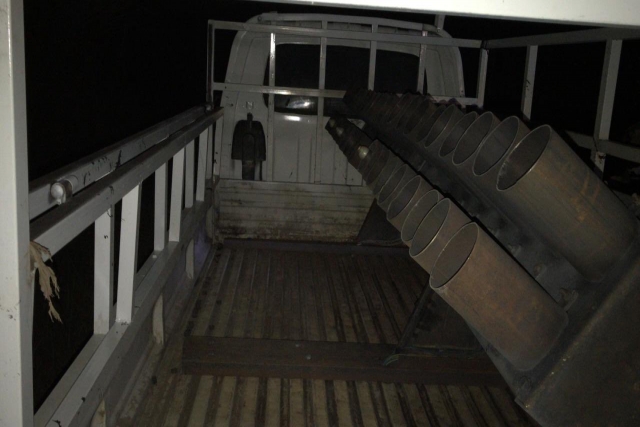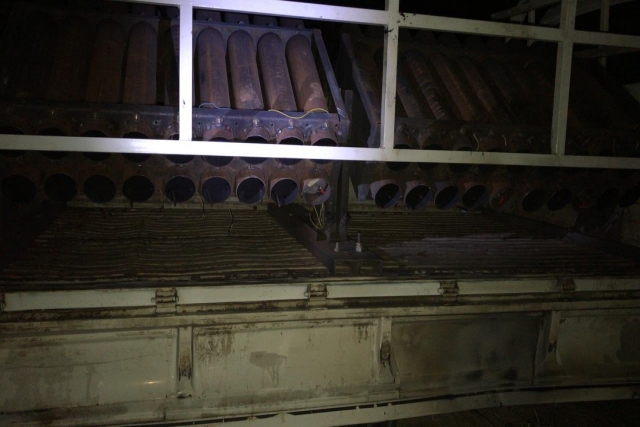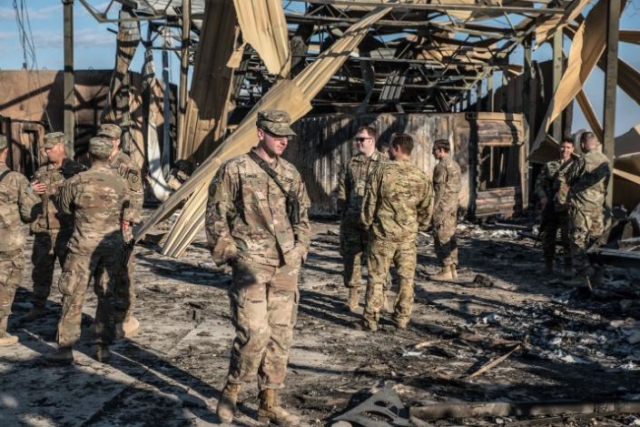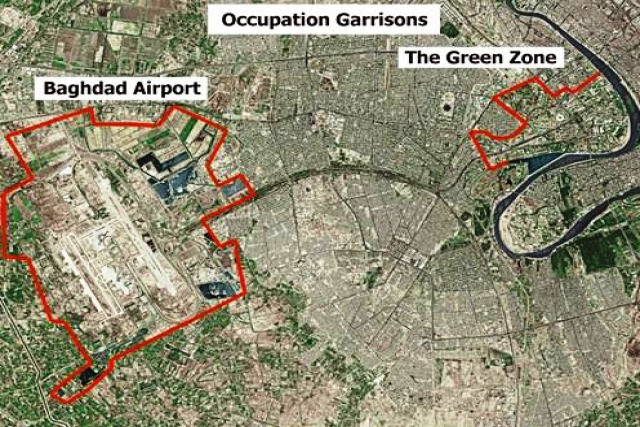Rocket Attack on US Base in Iraq Leaves 3 Dead, Dozen Injured

Eighteen Katyusha rockets struck US' Al-Taji base just north of Baghdad on Wednesday night, reportedly leaving two Americans and a British soldier dead, and around a dozen others injured.
The US-led Coalition confirmed in a statement that “three Coalition personnel were killed during a rocket attack on Camp Taj, Iraq, March 11. Approximately 18 107mm Katyusha rockets struck the base.”
Iraqi Security Forces however said that ten rockets were fired. They found a Kia Bongo flatbed truck with a missile platform in the nearby Al-Rashidiyya area with three rockets on board. “The Iraqi Security Forces found a rocket-rigged truck, a few miles from Camp Taji,” the Coalition statement said.
Two US service members and a British soldier were killed and 14 others were wounded when an Iranian-backed Shia militia group in Iraq launched an attack against Camp Taji yesterday, Pentagon said in a statement.
“The group launched about thirty 107 mm rockets against the Iraqi training base. Up to 18 hit the area housing coalition forces who are involved in the mission to train, advise and assist,” said Army Gen. Mark A. Milley, the chairman of the Joint Chiefs of Staff,
Iran reportedly fired Katyusha rockets alongside Fateh and Qiam missiles to strike Iraq’s highly fortified Green Zone that hosts the US Embassy and Balad Air Force Base housing US troops in early January.

The Katyushas have short flight time and low flight trajectory, which makes it difficult and cost ineffective for air defense systems like Patriots to intercept. The features of the rocket also explains why the Iraqi forces found a truck with more of these rockets in an area close-by.
Like a missile, a rocket has an explosive warhead, a fuel tank and an engine. It does not require the operator being near the position it is fired. Rockets are easy to move, conceal, and to assemble on a truck for transportation. The Katyushas are thus effective in their own way, although with little guidance and lethality.
A Katyusha multiple rocket launcher mounted on a heavy truck fires volleys of up to 48 rockets nearly four miles.
“Approximately 12 additional personnel were wounded during the attack,” the statement read. The extent of material damage to the base structures and the airfield were not revealed.
No one has claimed responsibility for the offensive so far. But the attack could potentially spike US' tensions with Iran, two months after the two were on a brink of a full-blown war.
A day prior to the attacks, General Kenneth McKenzie, commander of US Central Command, said that the US was moving air defense systems into Iraq.
Shortly after this attack, Al Arabiya reported that sites belonging to the PMF were being shelled in eastern Syria, near the border with Iraq. Syria’s SANA said that there were airstrikes in the Abu Kamal area on Wednesday night.













